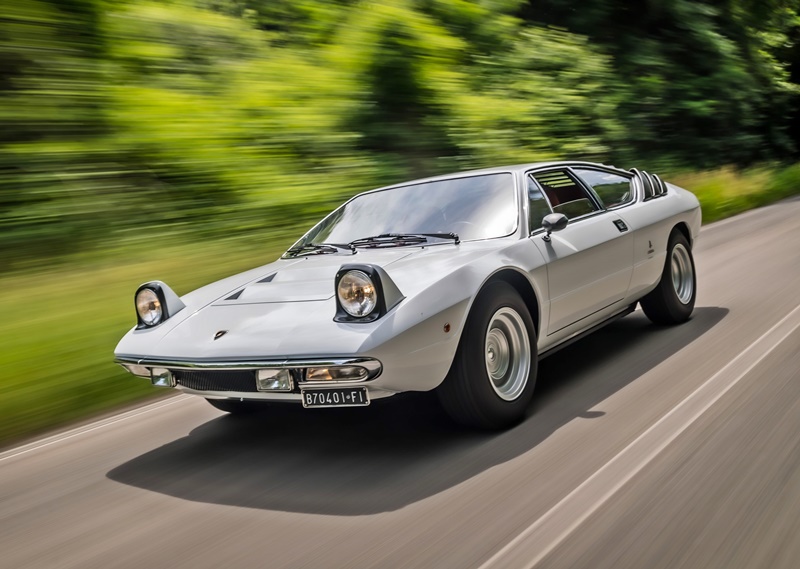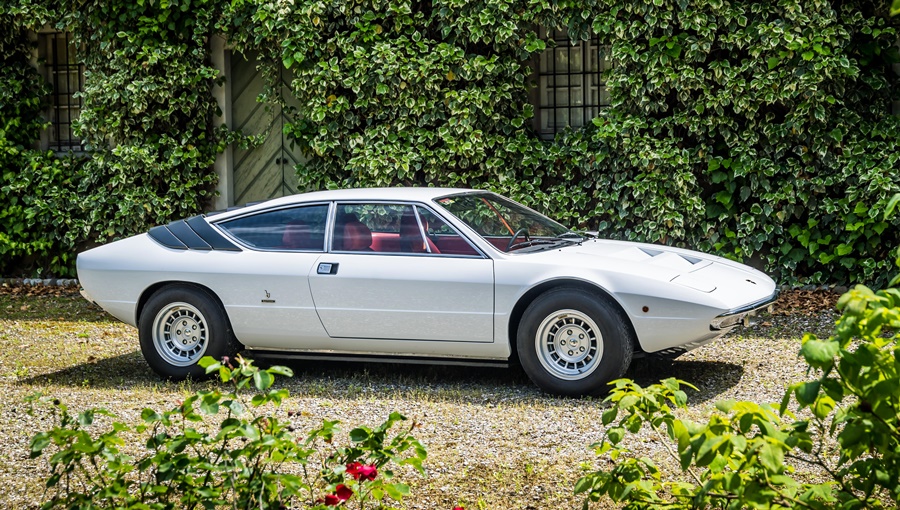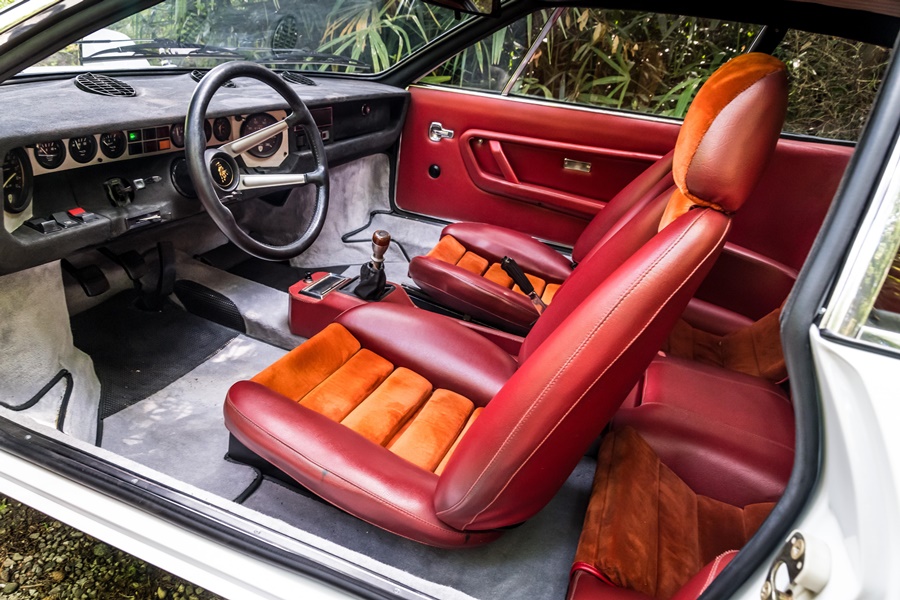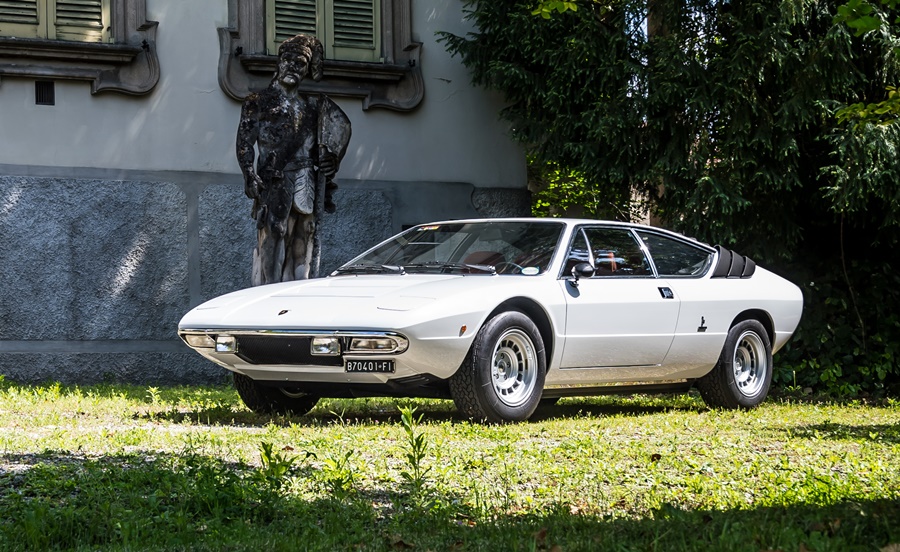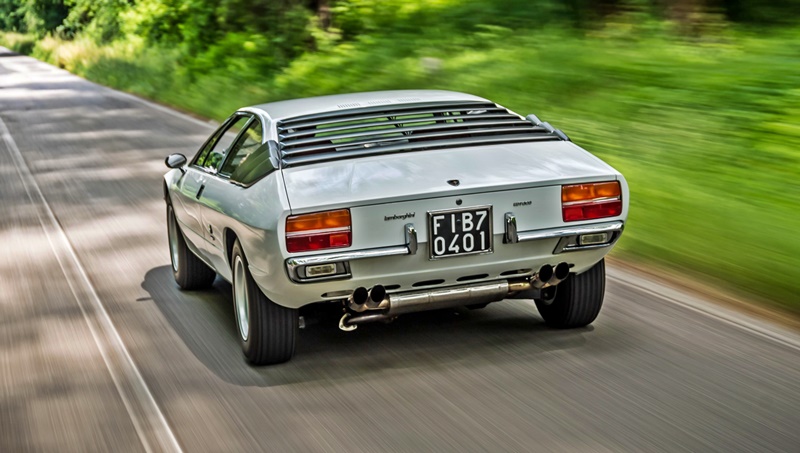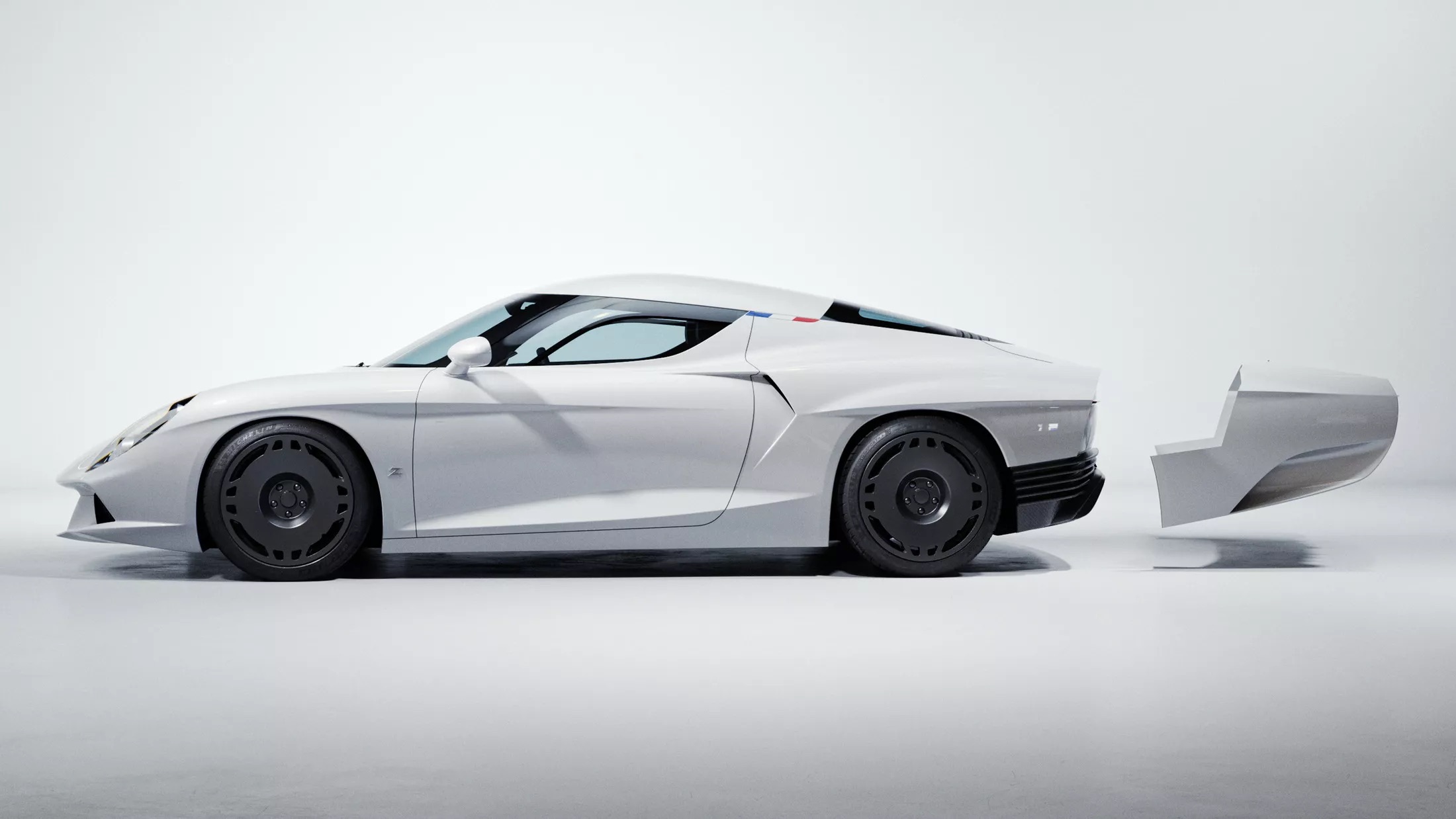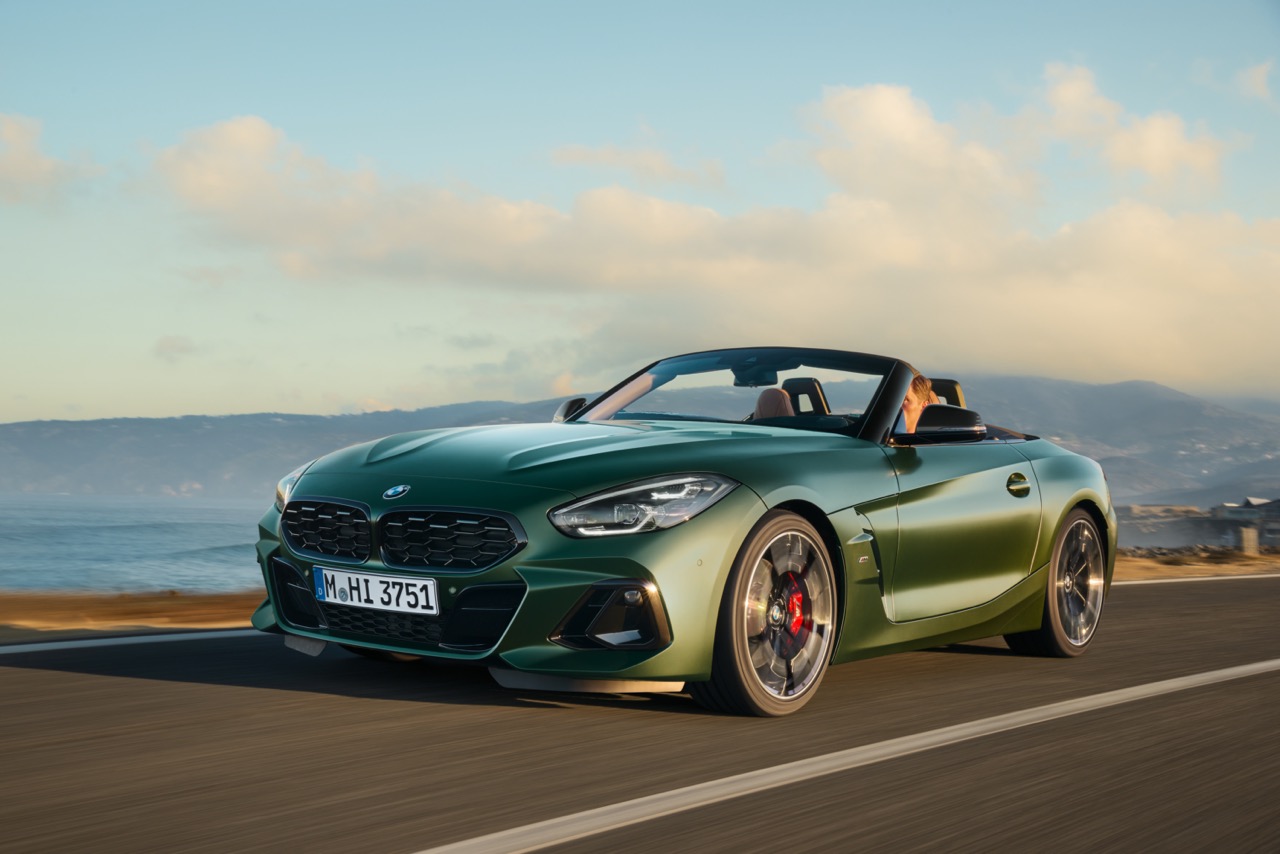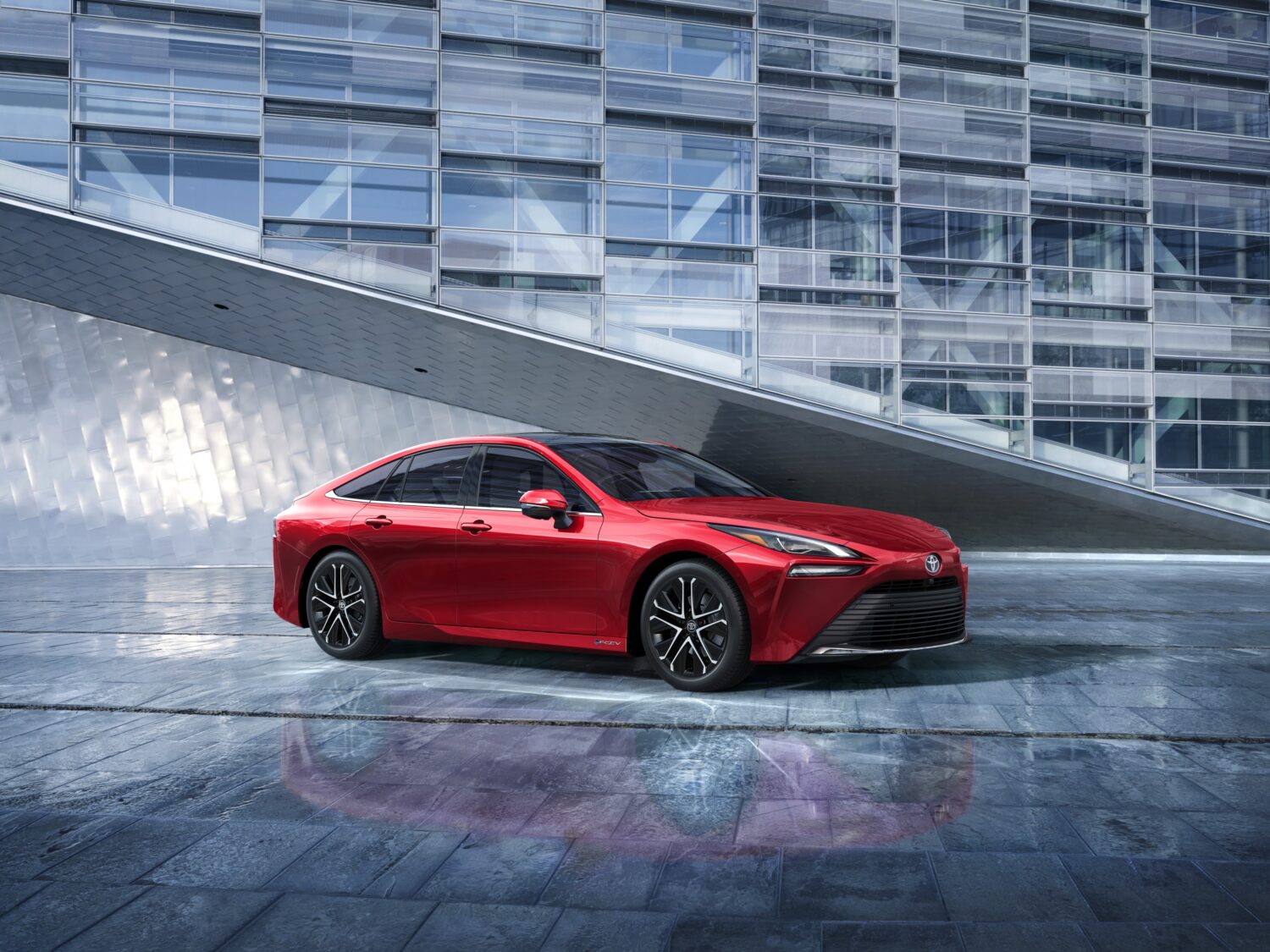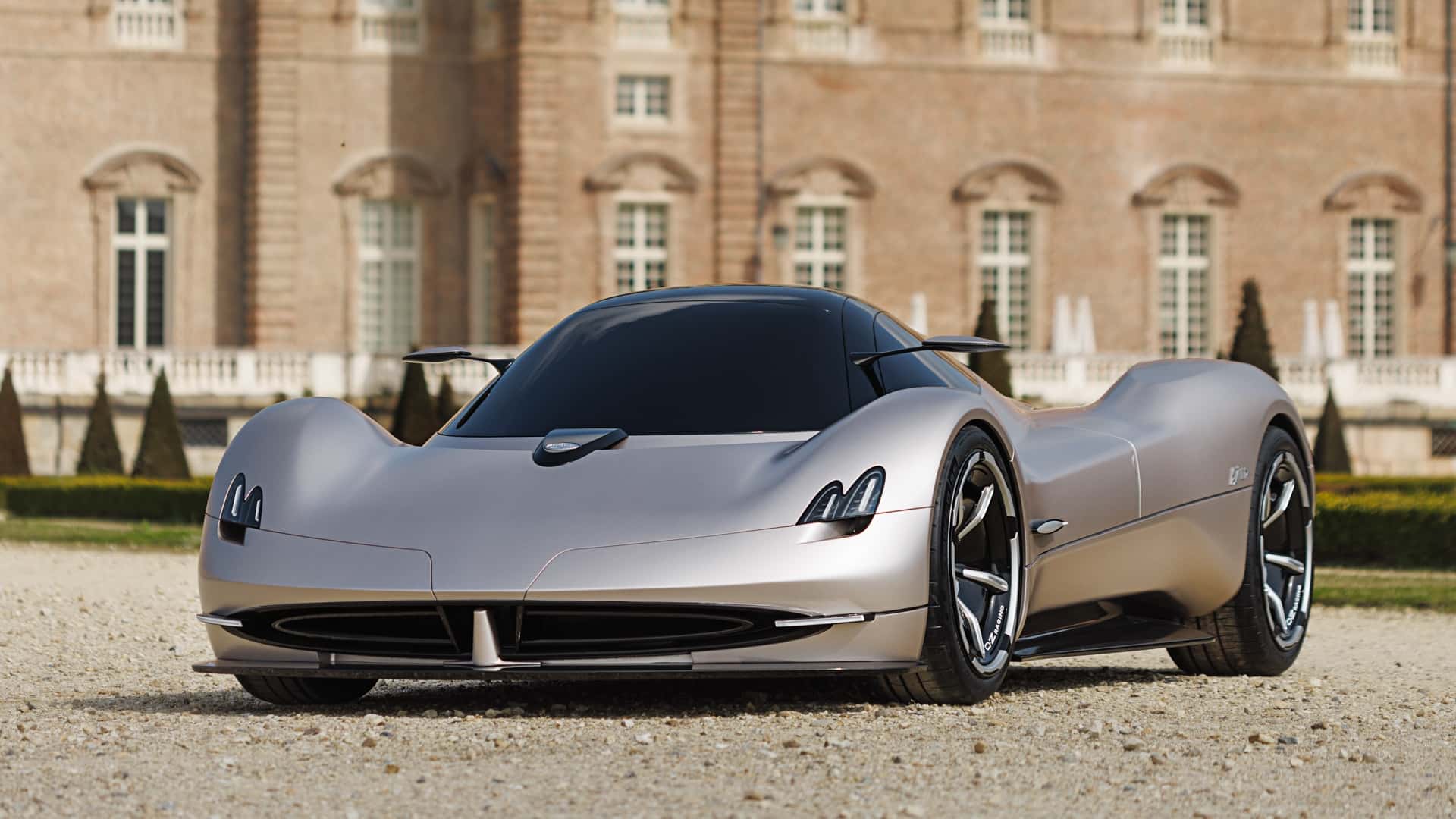Automobili Lamborghini was established in 1963 and the sleek design of its sportscars and their high performance helped to build its reputation very quickly. With Bertone providing the designs, some of which were futuristic, almost any Lamborghini was bound to turn heads as it passed by.
Innovative technical solutions
One model which stood out for having introduced innovative technical solutions was the Urraco (Italian for ‘little bull’). Renowned designer Marcello Gandini, the principal designer at Bertone, styled the car which was unveiled 50 years ago this month at the Turin Motor Show.
The Urraco, with its sharp features, was a fast 2+2 coupe, with a mid-mounted V8 rear engine and independent MacPherson strut system on both front and rear – the first time on a production car. Only 4.25 metres long, the Urraco’s interior space was designed with an advanced theme.
Three engine sizes
Initially, it was powered by a 2.5-litre V8 producing 220 bhp at 7,800 rpm and maxim torque of 176 Nm, which took it to a top speed of 245 km/h. An interesting feature of the V8 engine was a single overhead camshaft per bank.
The technical refinement was completed by the use of a Heron chamber cylinder head with flat inner part and the combustion chamber contained in a depression in the top of the piston. This allowed for a higher compression ratio to be achieved without increasing the production costs. Another novelty for Lamborghini was the installation of 4 Weber double-body 40 IDF1 type carburettors.
The Urraco with a 2.5-litre engine, produced from 1970 to 1976, was produced in the largest volume – 520 units. A complementary variant was introduced at the 1974 Turin Motor Show which had a smaller displacement of 2 litres (217 bhp/220 Nm). This was mainly to suit the Italian market which had changed tax laws in the early 1970s. This variant was available between 1975 and 1977.
For other markets, Lamborghini was able to offer a bigger 3-litre engine that produced up to 265 bhp/265 Nm. This was sold from 1975 to 1979, and accounted for 24% of all Urracos produced. Lamborghini had hoped to sell up to 1,000 Urracos each year but in the end, only 776 were ever produced in total.
More automation in production
The production system for the car was also innovative. From the early stages, it was planned to make more use of the manufacturing capacity at the factory. The Urraco was to be much less artisanal than the other Lamborghini models which it shared little with. With computer-controlled processes, this would also enable higher output and, in keeping with the strategy of Ferruccio Lamborghini, make a Lamborghini more accessible to a wider, albeit still limited, group of customers.
Lamborghini Aventador SVJ 63 Roadster commemorates company’s founding year


